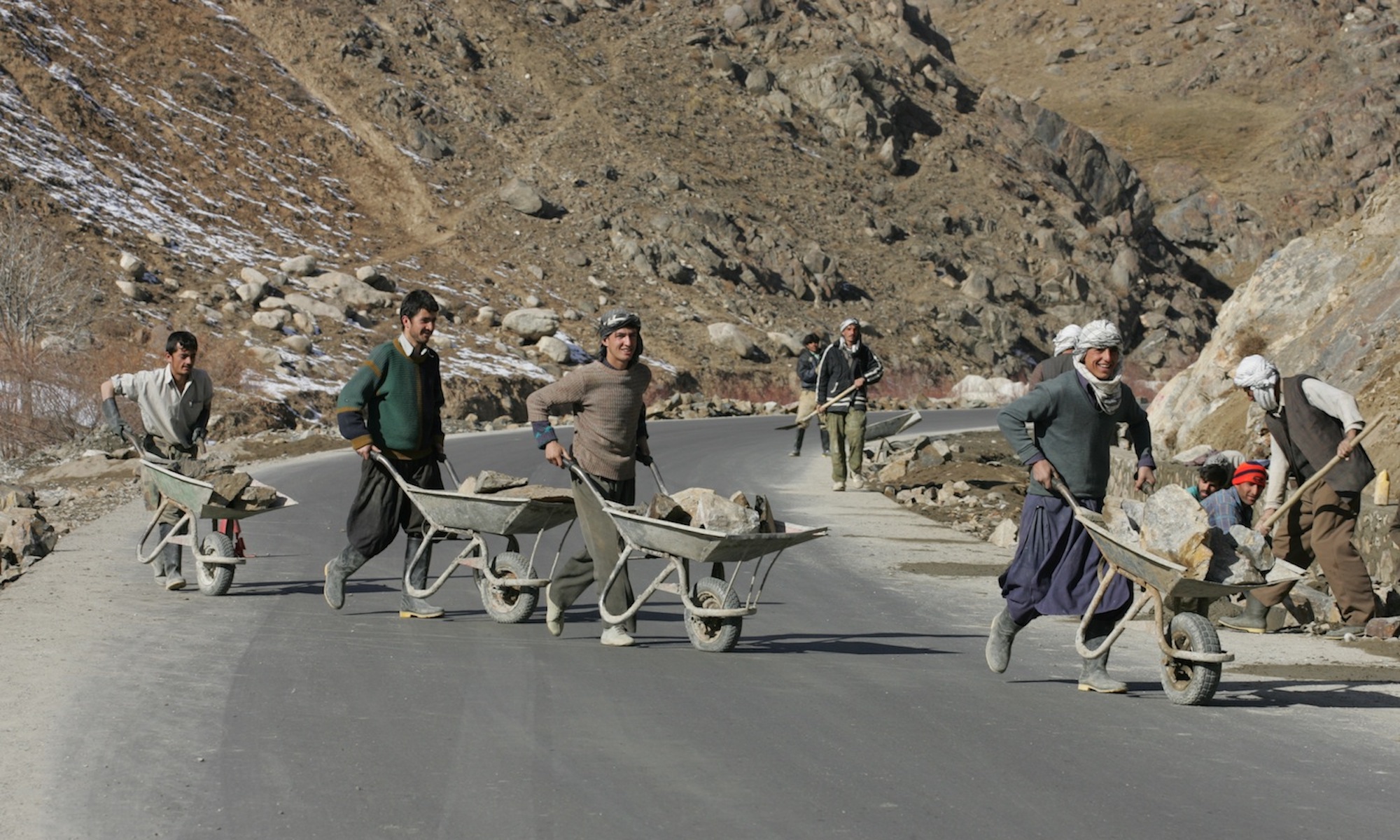This article introduces a novel way of conceptualising variations of peace in post-war societies. The most common way of defining peace in the academic literature on war termination is to differentiate between those cases where there is a continuation or resumption of large-scale violence and those cases where violence has been terminated and peace, defined by the absence of war, has been established. Yet, a closer look at a number of countries where a peace agreement has been signed and peace is considered to prevail reveals a much more diverse picture. Beyond the absence of war, there are striking differences in terms of the character of peace that has followed. This article revisits the classical debates on peace and the notion of the Conflict Triangle as a useful theoretical construction for the study of armed conflicts. We develop a classification captured in a Peace Triangle, where post-settlement societies are categorised on the basis of three key dimensions: issues, behaviour, and attitudes. On the basis of such a differentiation, we illustrate the great diversity of peace beyond the absence of war in a number of post-settlement societies. Finally, we discuss the relationship between the different elements of the Peace Triangle, and the challenges they pose for establishing a sustainable peace, as well as the implications of this study for policy makers concerned with peacebuilding efforts.
Electoral Violence in Conflict-Ridden Societies: Concepts, Causes, and Consequences
What are the causes of electoral violence? And how does electoral violence influence conflict resolution and democracy? This article argues for a conceptualization of electoral violence as a specific sub-category of political violence, determined mainly by its timing and target. The enabling conditions and triggering factors can be identified in three main areas: 1) the nature of politics in conflict societies, 2) the nature of competitive elections, and 3) the incentives created by the electoral institutions. These clusters of factors are important for understanding electoral violence both between different societies and across elections in a specific country.
